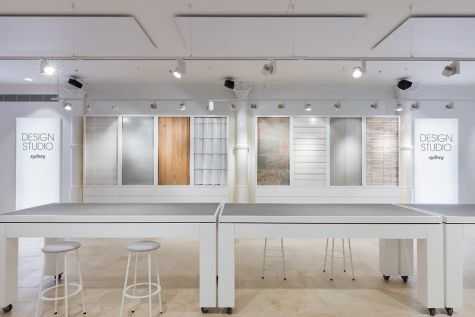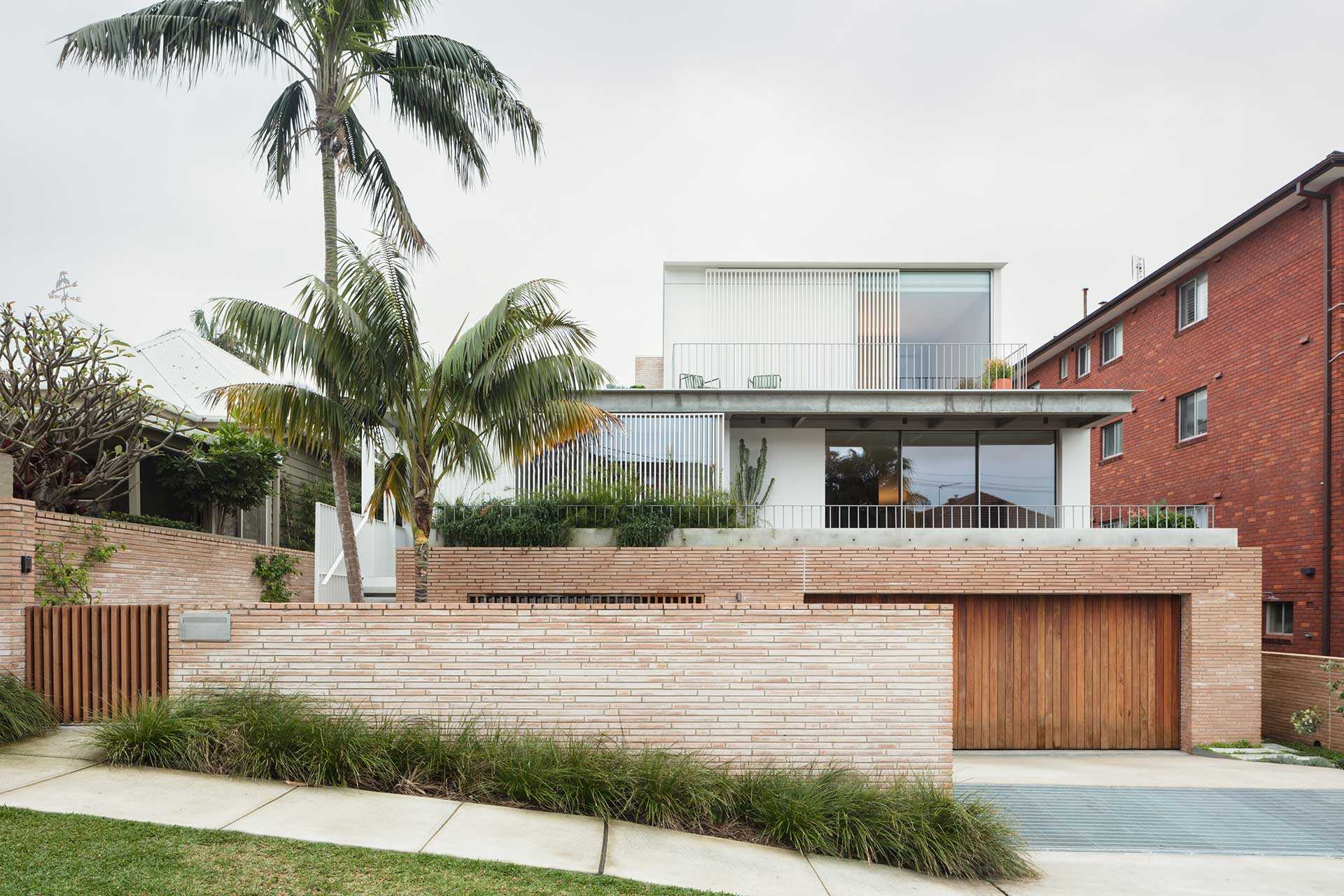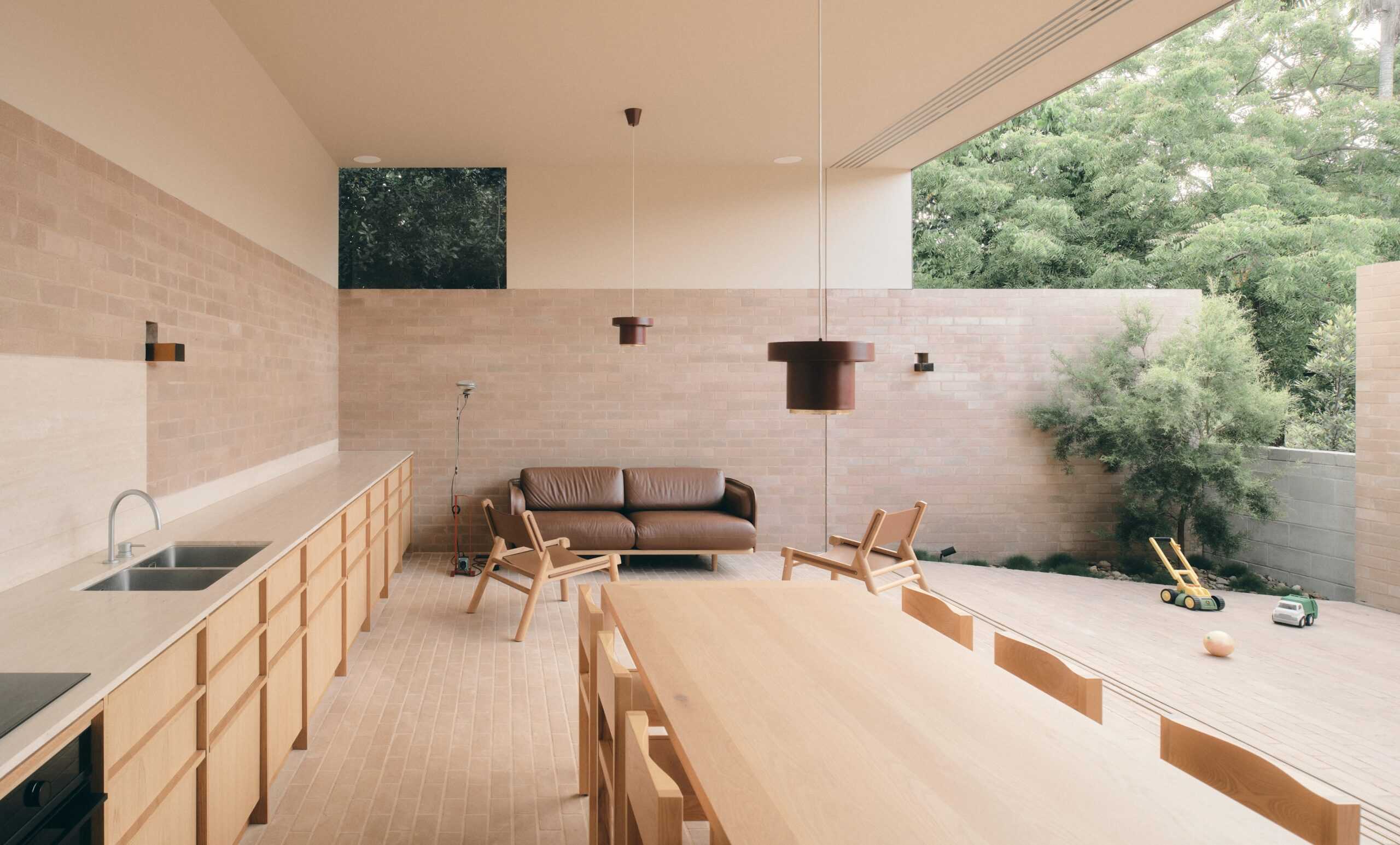
Architecture, Articles
Architect Spotlight: Mark Trotter
Mark Trotter is the owner and leading Director of Fulton Trotter Architecture. Mark’s design approach is embedded in community-based architecture and research, designing buildings that are climatic and reflect the narrative of the site location. In our conversation with Mark, he shares his passion for community-based architecture, mentoring and his involvement in The Grand School’s Project.
Get In Touch
Build your dream home.
Learn about our products.
Learn about our products.
Learn from the best.
Join us at an event.
Join us at an event.
Tags
Please register for this event
Get Inspired
Stay up to date with the latest trends, products projects and more on Instagram.






















